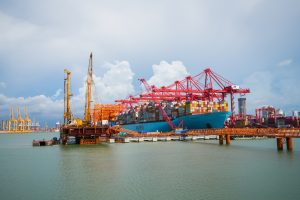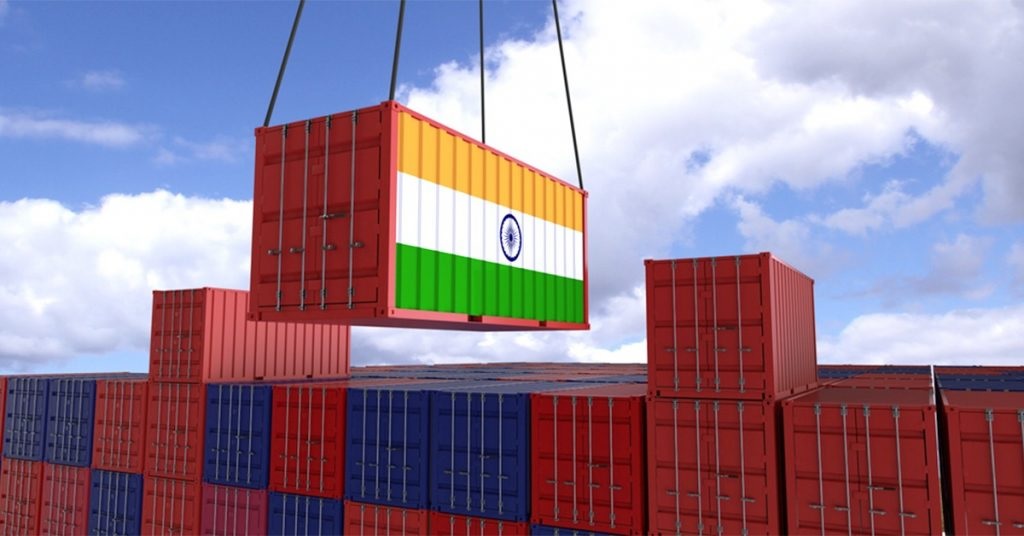Sri Lanka’s Import Surge: A Sign of Growth or a Risky Trend?
Sri Lanka’s imports surged to $1.92 billion in December 2024, marking a significant jump from the usual $1.5-$1.6 billion range seen in previous months. This sharp increase coincided with a rise in credit availability, just weeks after warnings against excessive money printing through open market operations (OMOs). The last time the country saw such high import levels was in December 2021, when imports peaked at $2.24 billion due to central bank interventions aimed at controlling interest rates.
This trend raises a critical question: Is this surge a sign of economic recovery, or does it pose risks that need immediate management?

The Driving Forces Behind the Surge
Analysts had warned in October 2024 that the central bank injected approximately 100 billion rupees into the economy, raising excess liquidity in money markets to 200 billion rupees. This created an environment where banks could extend credit more easily, fueling higher imports. While December’s foreign exchange inflows—driven by exports, tourism, and remittances—reached $2.41 billion and exceeded import costs by $488 million, concerns remain about the long-term sustainability of this balance.
Opportunities and Risks
Higher imports can be beneficial for economic growth, especially when they consist of raw materials and investment goods that contribute to business expansion. In December alone, investment goods and raw material imports totaled $455.9 million, supporting infrastructure development and industrial production. Additionally, vehicle imports, often criticized for straining foreign reserves, contribute substantial tax revenue, easing government borrowing pressures.
However, there are serious risks if this trend is not managed effectively. Excessive liquidity injections can lead to inflation, currency depreciation, and an unstable balance of payments. Historically, similar situations—such as in January 2022—resulted in financial instability due to excessive money printing. While Sri Lanka maintained a tight reserve regime until October 2024, shifting towards an “ample reserves” policy with excessive liquidity injections could trigger another economic crisis.
The Need for Careful Management
Sri Lanka stands at a crossroads. If left unchecked, continued credit expansion without corresponding economic productivity could lead to inflationary pressures, rising debt burdens, and external instability. While import growth is essential for a thriving economy, it must be accompanied by strong monetary policies that ensure long-term financial stability.
Can We Afford This Without Going Bankrupt?
The rise in imports shows that Sri Lanka’s economy is active again, but it also means the country’s bills are getting bigger. The key question now is whether Sri Lanka can afford to keep paying without slipping into another financial crisis. If spending and credit expansion continue unchecked, inflation and debt could spiral out of control. To avoid this, policymakers must strike a careful balance—ensuring growth while keeping spending and borrowing in check. Without careful management, the risk of another financial collapse looms large.







